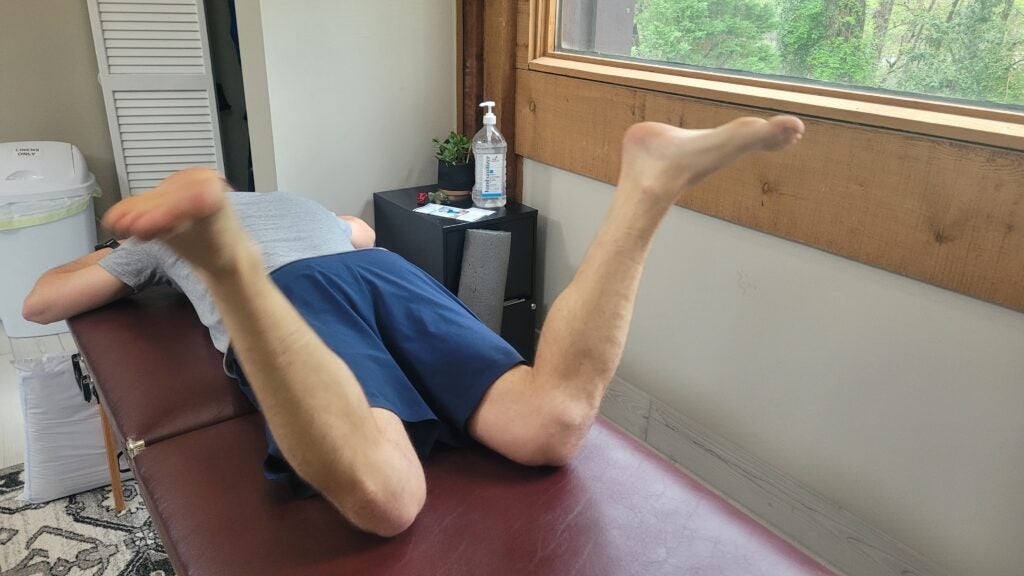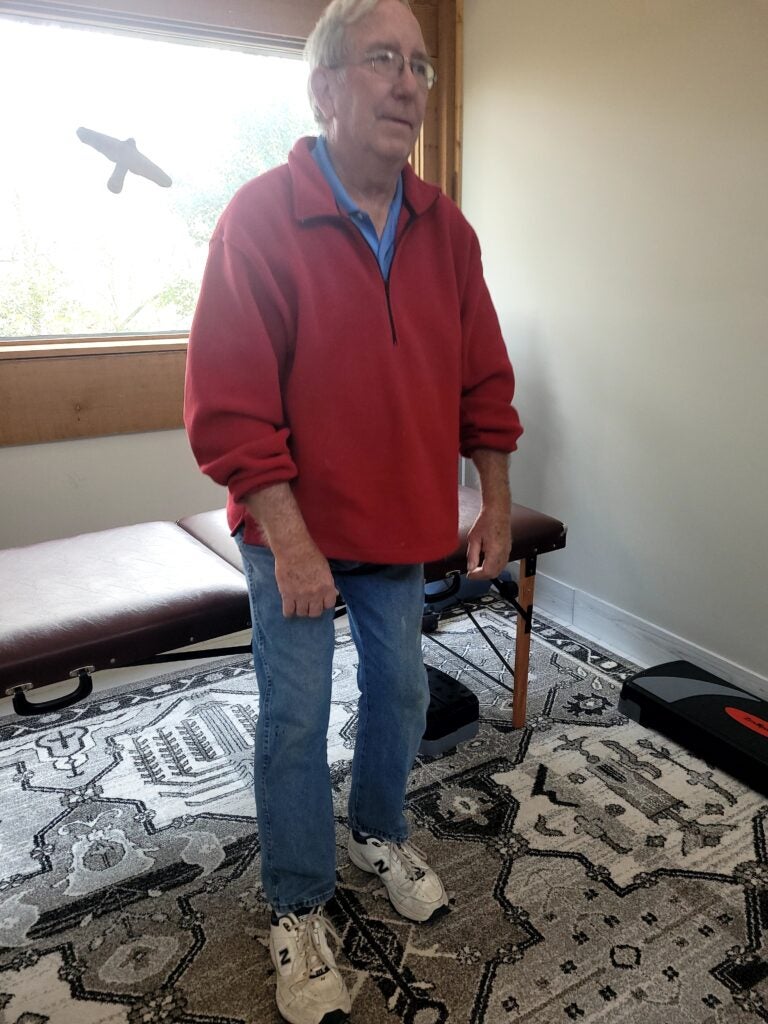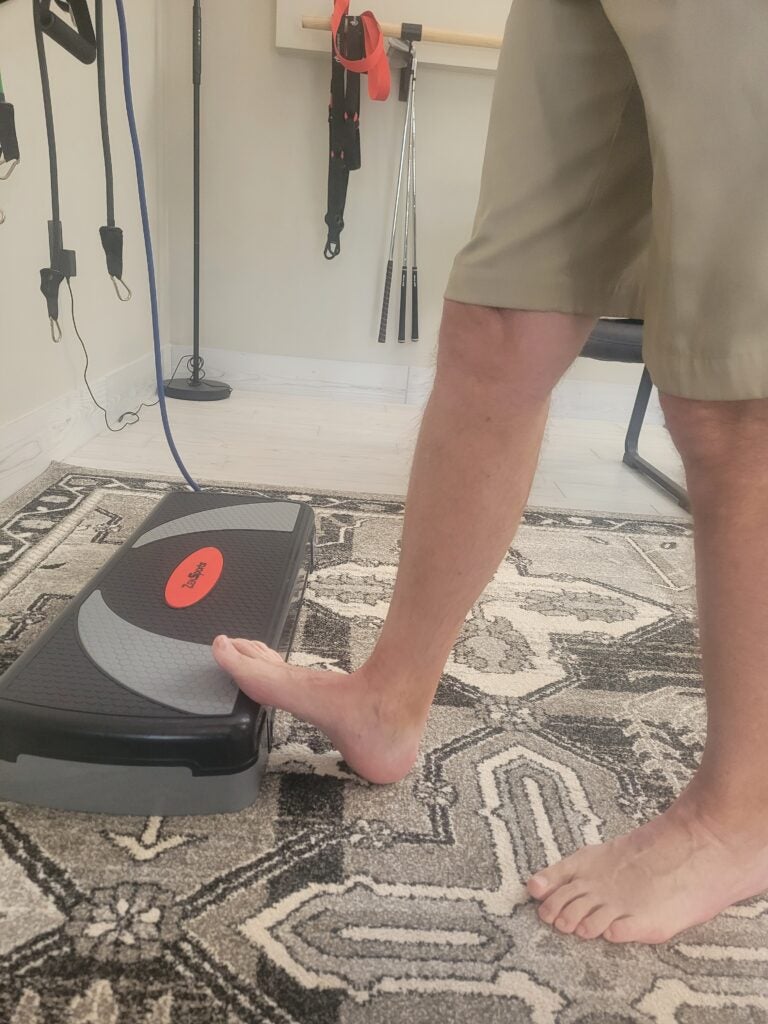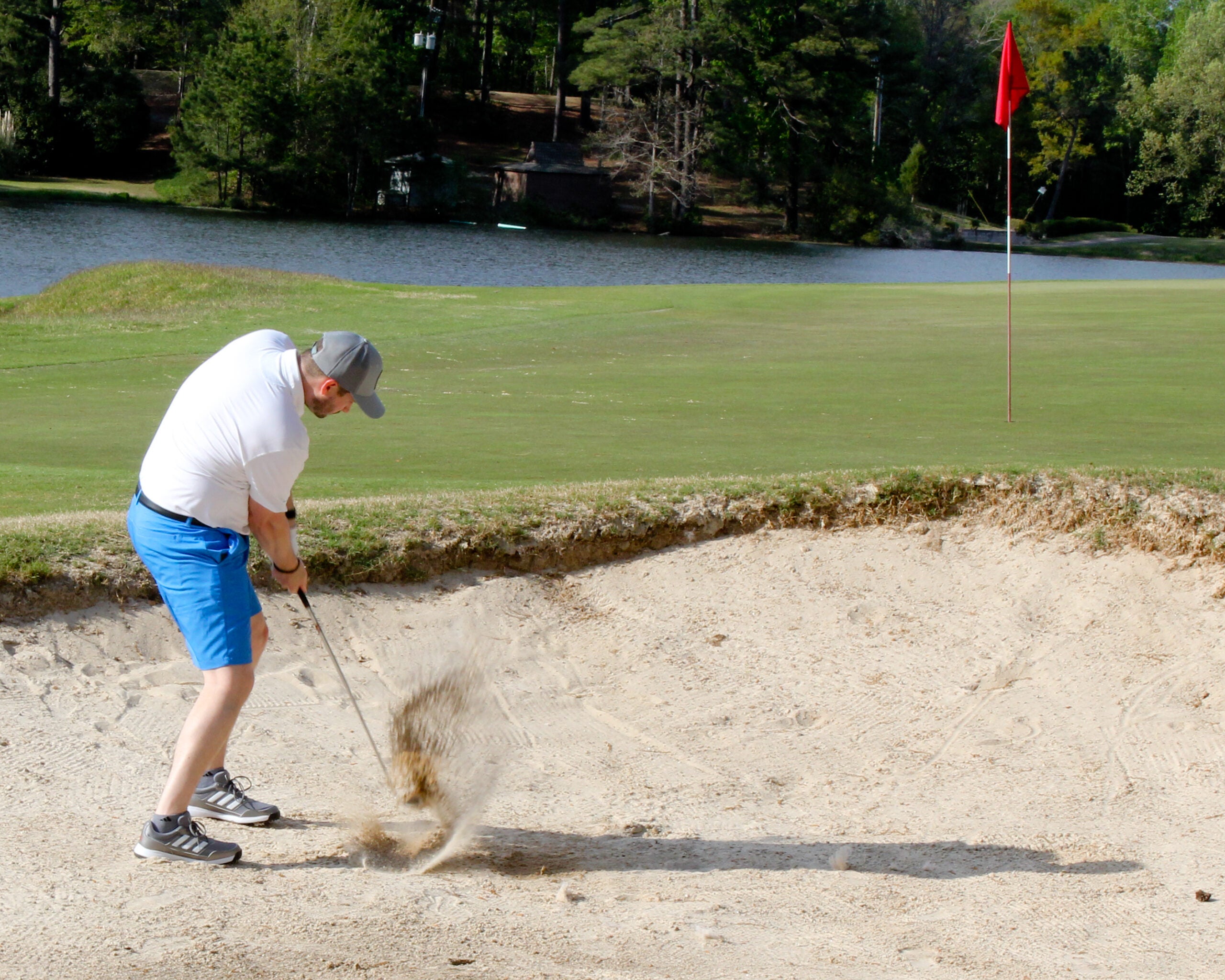Editor’s note: This column is the first in a new series on health and fitness from area health care provides and others who are working on becoming healthier and more fit. This column will appear on Tuesdays.
It’s common to hear golfers complain about knee pain. For one, the lead leg and knee undergo intensive stress during the swing, plus you may be walking long distances around the course, you’re moving up and down to pick up your golf ball and you’re subject to standing on uneven ground, all of which will place stress on your knees.
Opinion
Here are three reasons why you’re experiencing knee pain, and I’ve also provided the appropriate exercise you need to be doing to reduce knee pain and prevent further injury:
- Lack of internal hip rotation may cause excessive extension of your knee joint during the downswing and backswing. To address this, do the hip rotation exercise.
- Weak gluteal muscles plus dominance of quads muscles (quadriceps femoris) are commonly linked to knee pain in many older golfers. To address this, do the staggered stance – sit-stand exercise.
- Lack of ankle mobility with tightness in the calf muscles pulls the knee backward, causing pain in the knee.
My specialty is working with golfers of all levels. With my background as a physical therapist and my training as a golf specialist, I am able to provide my clients with the proper training and injury prevention techniques to keep their bodies healthy for years to come. So, if you’re experiencing knee pain, you’ve come to the right place.
When you apply these strength training exercises to your routine, you quickly reduce the risk of injury and improve performance. If you are looking for a full-body analysis of why you might be experiencing knee pain, we can conduct a full-body functional assessment and training program that will get your body physically fit for the course. Our exercises will help improve your golf performance while preventing injury because we focus on improving your strength, stability, and flexibility. Schedule your 30-minute consultation today at https://calendly.com/performanceabove/initial-consultation?month=2022-04>
If you are experiencing a locking sensation in your leg or the inability to strengthen your leg, you should see your doctor before trying these exercises.
Hetal Acharekar is a physical therapist who specializes in treating golf-related problems. You can reach her at (803) 716-8750.
Hip rotation exercise:

Lie on your stomach and bend both knees to roughly 90 degrees, then internally rotate your hips by bringing both feet in and out.
Reps: 10 – Set: 1 before and after your game
Staggered stance – Sit-Stand exercise:

Start by sitting in a chair with your feet staggered (one leg in front of the other), Squeeze the glute of the leg that is backward, then stand up while keeping your feet in the same position. Sit back down and repeat.
Reps: 5 – 10 Set: 1
Calf stretch exercise:
Images – performance-above-calf-stretch-kneepain-prevention-golf-2.jpg

Begin by standing behind a slanted board (or you can use a small step (2/4 step) or wall). Movement: Step onto the board, leaning into the slope until you feel a good stretch. Tip: You can hold onto a wall or pole for balance as needed. Keep your heels down on the slant board.
Reps: 3 – 5 Set: 1 Before and after your game, and hold for 10-15 secs










